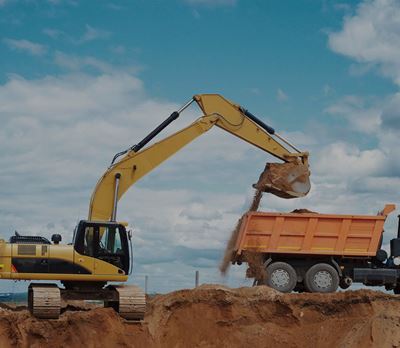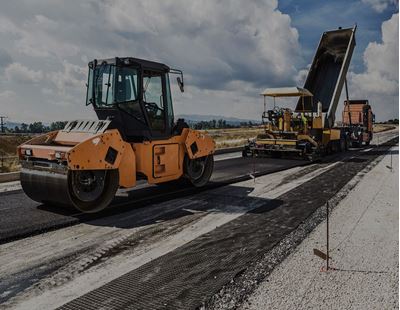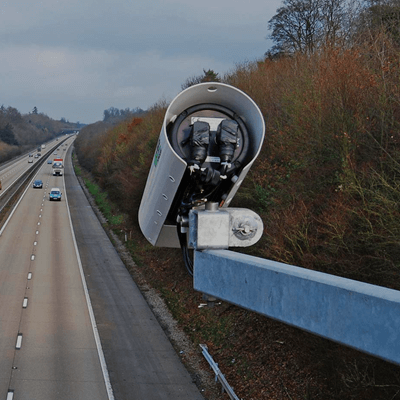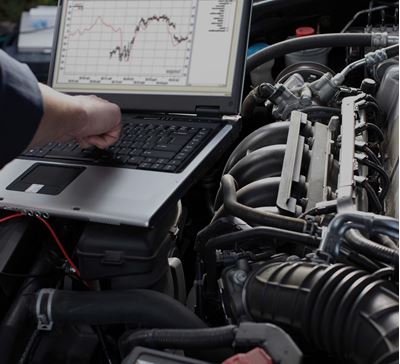Are you isolating your mine site correctly?
Are you isolating your mine site correctly?
Featured on Safe To Work, Mining and Industrial Sales Manager Scott Montgomery gave the publication an update on the Hummingbird Isolation Verification.
Isolating a piece of machinery is one of the most important steps in practicing safe maintenance on a mine site. Hummingbird is safe proofing this process even more with its Isolation Verification Control devices.
Isolating machinery may be a small step in the process but the consequences of doing it incorrectly can be disastrous, ranging from hand injuries to death in the most extreme cases.
Mine sites already have procedures in place to minimise the risk of working on isolated equipment, for example, they ensure all employees working on equipment tag in and out before a machine is started again after being isolated.
Hummingbird’s Isolation Verification Control devices take the chance out of the matter and eliminate the risk of human or mechanical error, providing digital notification that the piece of machinery is isolated and safe to begin working on.
Scott Montgomery, Hummingbird Mining and Industrial Sales Manager, says this first visual point of checking a machine being isolated correctly gives workers a true indication of its status, rather than just looking at the position of the isolation switch.
“Traditionally, the way to test if a machine has been isolated is firstly, to look and see if it is in the locked out position and if it is safe to progress to the second stage, try to start the machine,” Montgomery tells Safe to Work.
“The risk here is that some isolators can fail and even looking at the external lockout system, you can never truly know if it is faulty internally.
“With the Isolation Verification Control, we’ve been looking inside the isolator to see what condition it is in to make sure there’s no failure inside.”
Hummingbird’s Isolation Verification Control devices not only allow equipment operators to see whether a machine has been correctly isolated or not from the beginning, but also enables them to monitor its status throughout the entire maintenance process.
This makes the entire process safer from start to finish, which as Montgomery explains is particularly useful for employees completing shift work or completing maintenance that takes longer than the duration of just one shift.
“One of the advantages of lockouts is that you may have a week’s worth of employees coming in to work on a machine, who may not be aware of what happened with the machine last regarding its isolation,” Montgomery says.
“With live data from the Isolation Verification Control device and with lockout procedures in general, it’s got to be tagged before deemed safe to use.”
Hummingbird’s Isolation Verification Control selection comes with two modes, ensuring it suits all machinery.
One mode is for battery circuit isolation and the other is for starter motor circuit isolation, to monitor applications when only the starter motor circuit is isolated for electrical work or for activities that require the entire battery to be shut off.
These two modes can be configured on the one device for the different circuits, which is panel mounted on the machinery it is being used for customer convenience.
Hummingbird’s Isolation Verification Control devices also give fault detection warnings if a battery is about to fail during maintenance, allowing workers time to clear the area or fix the issue.
“If the battery is about to fail or anything has been left on accidentally, our Isolation Verification Control devices set off a buzzer to alert workers something is wrong,” Montgomery says.
“They also feature a battery fault interlock so it can shut down other non-essential parts of the machine should the battery start to fail during maintenance.”
Hummingbird’s Isolation Verification Control devices also allow workers to conduct live testing if a machine alternator is charging or the voltage of a system is correct without having to get too close to the machine, further improving safety employee’s safety prospects.
In addition to preventing injuries on site, Hummingbird’s Isolation Verification Control devices help to prevent damage to machines during maintenance.
If multiple departments are completing maintenance on a machine and one removes an oil filter, for example, and another person does not realise the machine is isolated and starts it, this can cause extensive damage to the vehicle.
“Accidents around isolating equipment certainly aren’t limited to human elements,” Montgomery says.
“If you’ve got someone working on transmission and someone else on the engine, both parties need to unlock the machine and with the Isolation Verification Control devices can see visually if it is live or not.
“If they start the machine and an oil filter isn’t in place for example, and the machine runs without oil it could do major damage.”
By using live data to create a visual prompt as to whether machinery is isolated or not has helped mine sites improve their isolation procedures to ensure maintenance schedules that are safe for operators and equipment alike.
“By providing original equipment manufacturing and mining companies with a device that guarantees safe isolation of equipment, mine sites are now able to adopt Hummingbird’s safety practices as a part of their own isolation verification,” Montgomery concludes.
“Everyone is looking for that edge in occupational health and safety initiatives and the introduction of Isolation Verification Control devices has definitely been a part of that.”
For more information visit hmbe.com.au/isolation-verification-control








